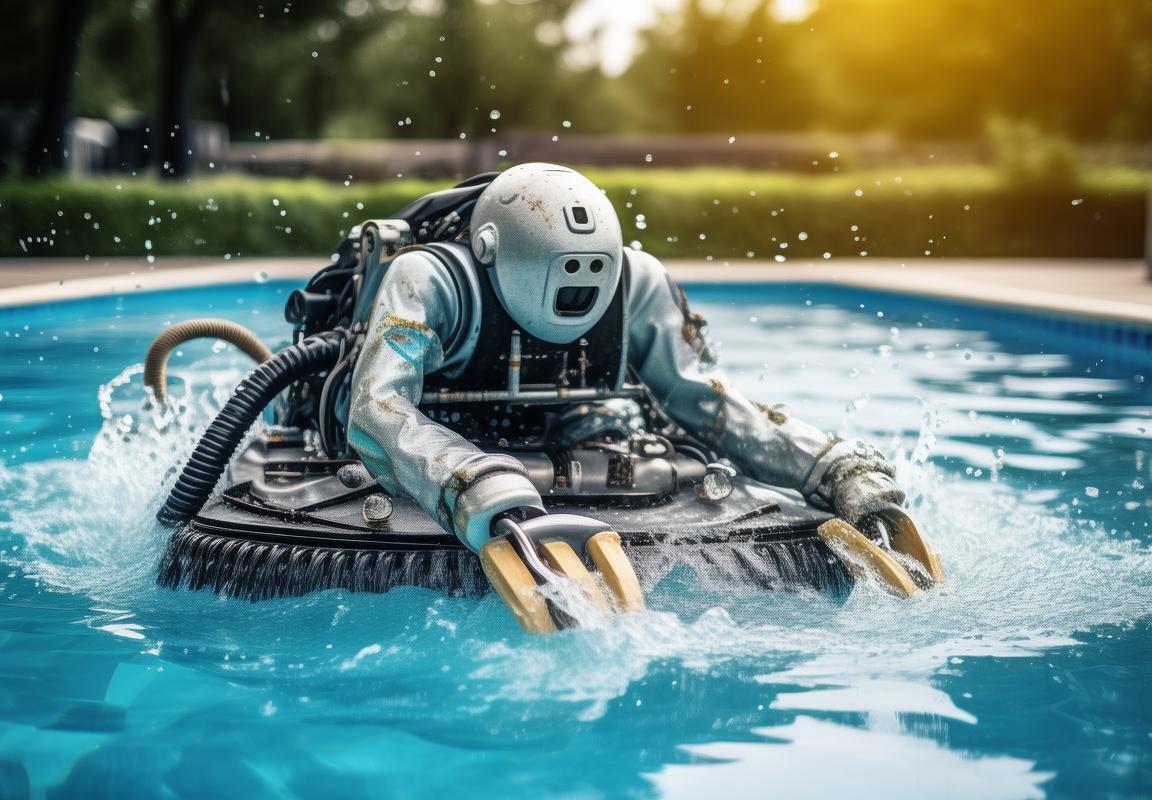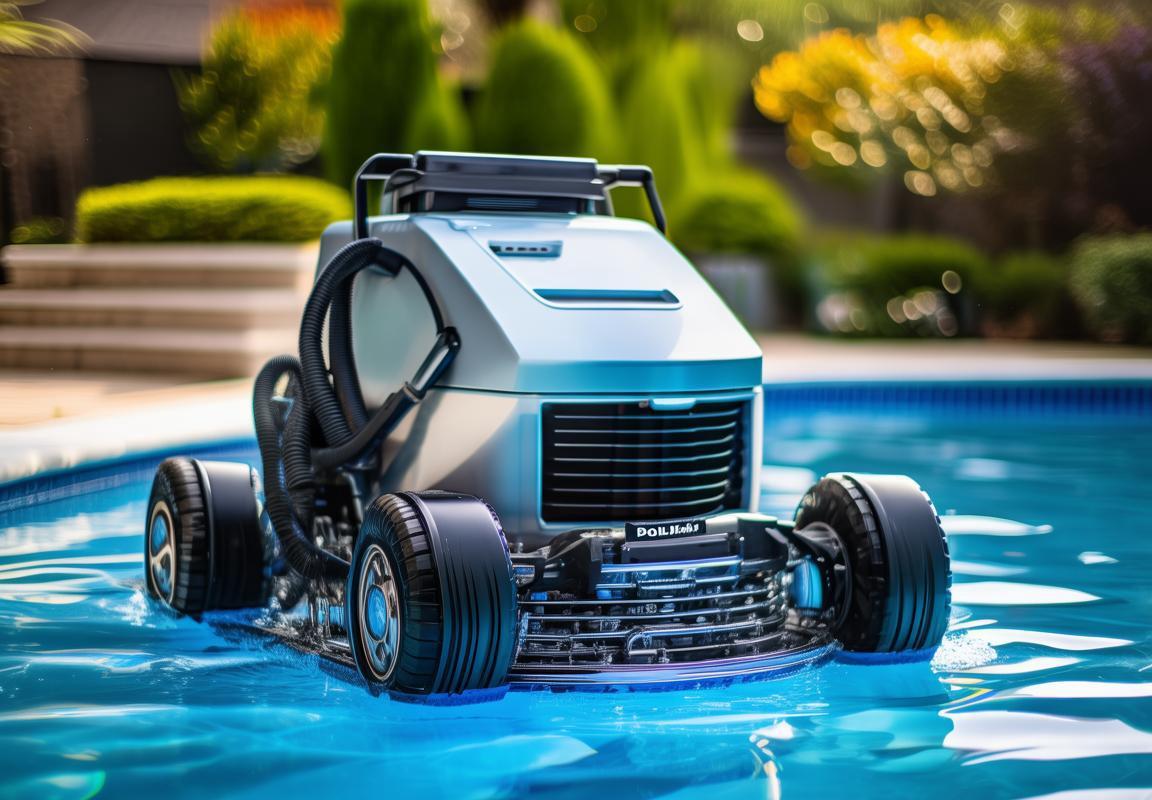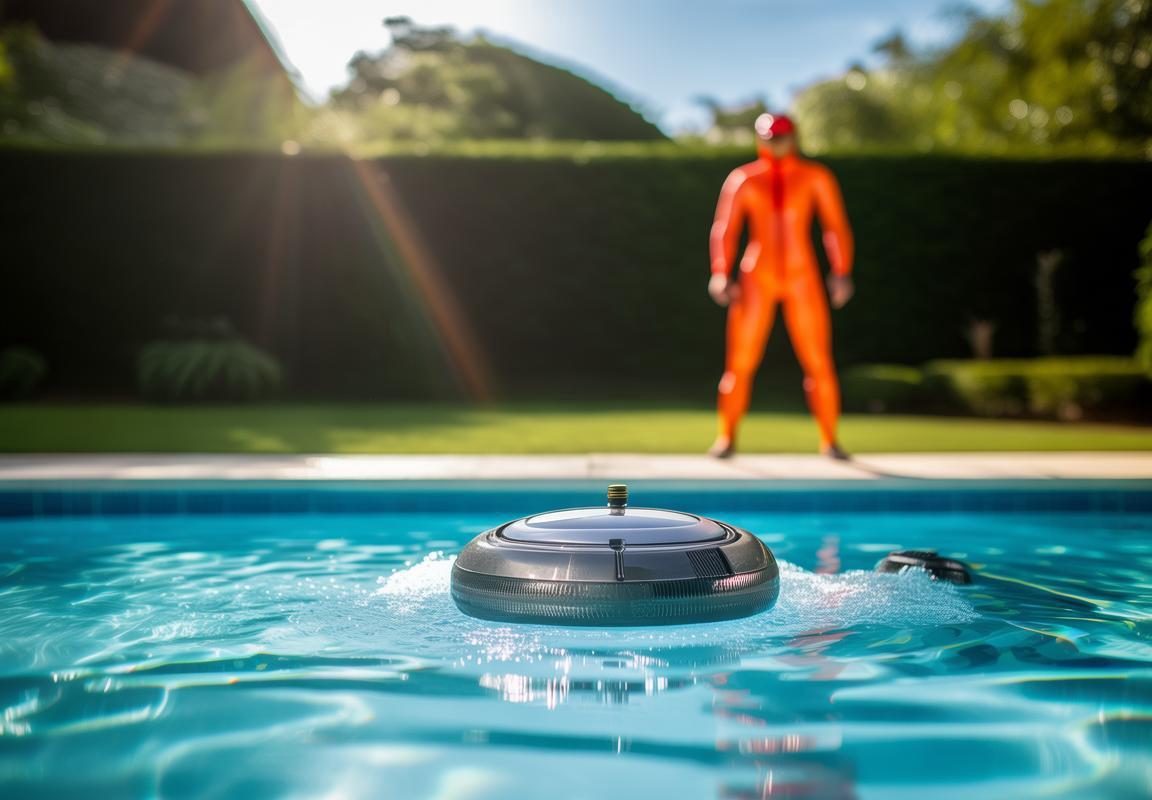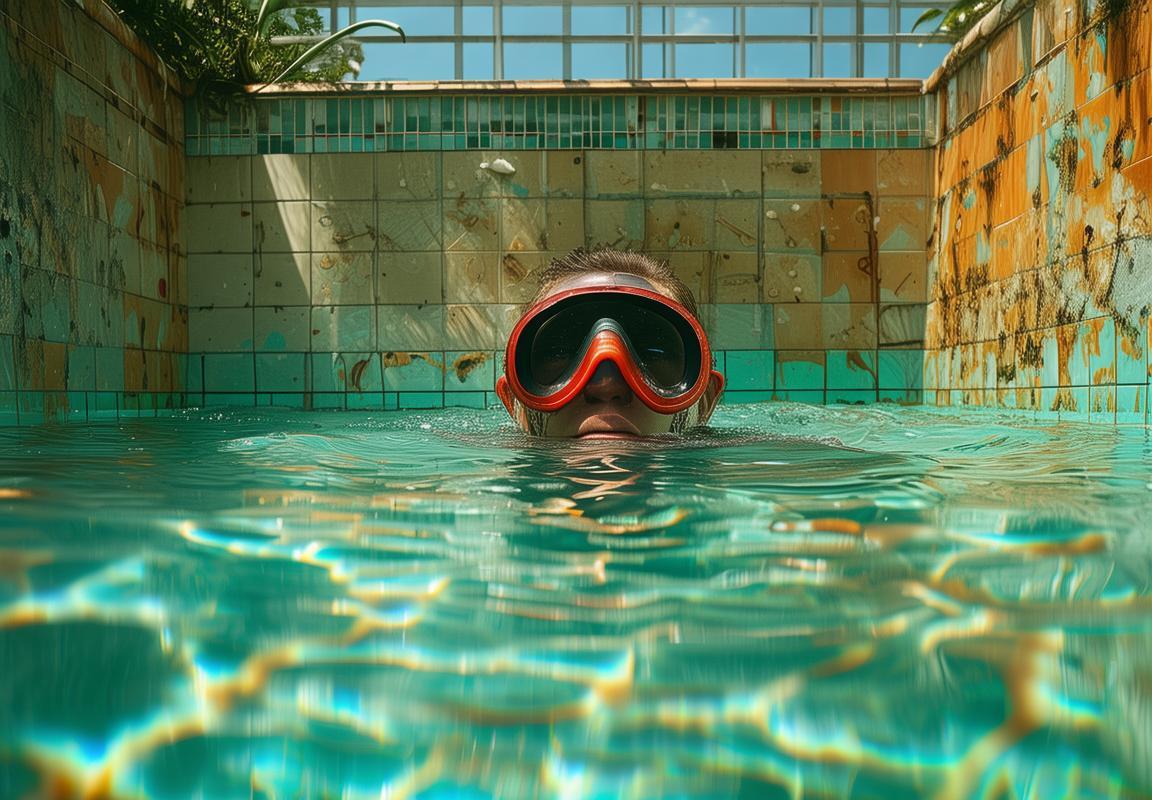If your pool walls look like a science experiment—covered in green slime (Algae Removal), chalky white scale, or rusty stains—it’s time to rethink your Pool Maintenance strategy. Algae thrives in warm, stagnant water and clings like a bad Tinder date, while calcium buildup turns walls into sandpaper. Dumping chlorine won’t fix it; you need to brush, balance pH, and use the right pool wall cleaner. Manual brushes are cheap but exhausting, robotic cleaners (the lazy dream) scrub everything but cost a fortune, pressure-side cleaners excel at debris but ignore sticky gunk, and suction-side models are budget-friendly but weak on walls. For Algae Removal, shock treatments work only if you scrub first to break up biofilm. Metal stains require sequestrants, and scale needs vinegar soaks or pumice stones. Run cleaners during the day when algae grows fastest, pre-treat trouble spots, and rinse filters after each use. Avoid myths like “bleach = chlorine” or “rain cleans pools”—it’s just debris delivery. Choose your Pool Wall Cleaner wisely: robotic for hands-off ease, pressure-side for leaf-heavy pools, or manual brushes for spot fixes. Neglect turns your pool into a swamp, so test water weekly, brush regularly, and upgrade your cleaner if it’s older than your kid. Your walls shouldn’t resemble a biology fail—attack the gunk before neighbors dub you “Swamp Thing.”







